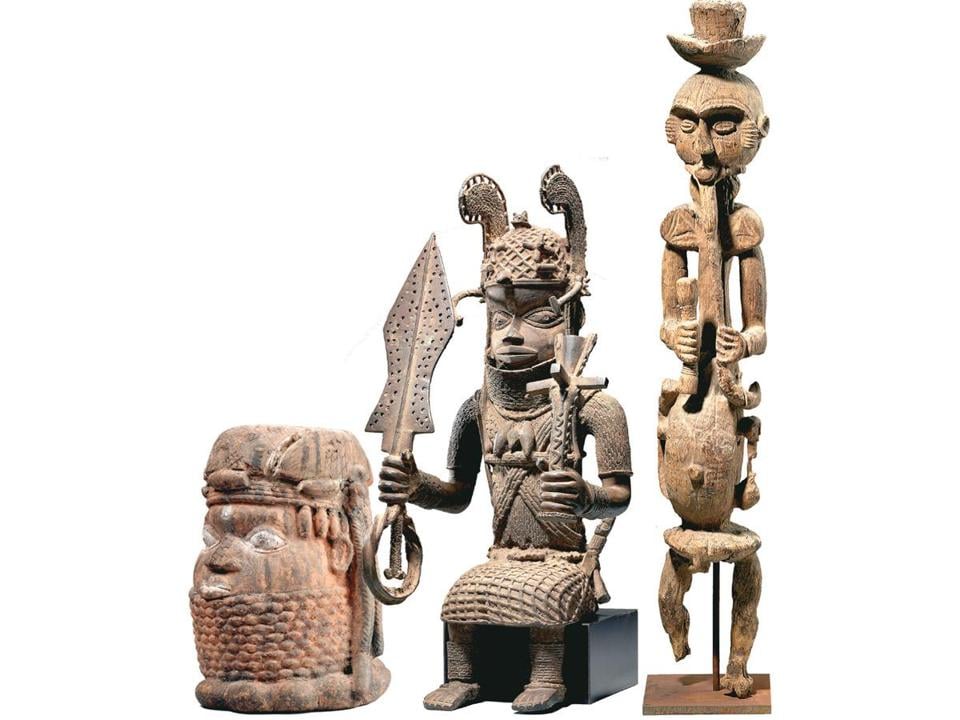
Following extensive provenance research, Boston’s Museum of Fine Arts has returned eight Nigerian artifacts that were most likely stolen from their native country, reports the Boston Globe.
In the past, the MFA has been the subject of criticism from those who felt the institution turned a blind eye to objects in its collection that might be of illicit origin. The museum has turned over a new leaf in that regard. In 2010, it became the first museum in the country with a full-time curator of provenance when it hired Victoria Reed. Now, it is Reed’s job to thoroughly research each and every new acquisition to make sure that it is completely on the level.
It took 18 months of tracking down obscure sales records, export licenses, and old gallery and museum catalogues across three continents, but Reed did just that for the repatriated Nigerian works. All eight pieces had been donated to the museum by longtime MFA patrons William and Bertha Teel, Marblehead-based collectors who left the museum 308 works after William died in 2012.
According to the museum, the couple was unaware that there were provenance issues with any of the works in its collection. “Mr. Teel purchased these on good faith,” Reed told the Globe. “He didn’t have a provenance researcher, so I don’t think we can really hold him up to the same standards. He certainly bought these fully believing they were on the market legally.”
Luckily, the Teels had kept extensive records, which were also left to the MFA, that provided an important starting point for Reed’s work.
Thanks to Reed’s digging, the museum discovered that one of the objects, a brass altar figure, was from the royal palace in Benin City, and had probably been stolen back in 1976. She tracked a four-foot-tall wooden ancestral figure back to Nigeria’s Oron Museum in 1970, and later to a gallery in Zurich. Also being returned is a 2,000-year-old terracotta head, which appears on the International Council of Museums’s red list of commonly looted objects.
Several other works from the Teel behest are also under investigation, and may yet be returned, including two statues from Mali that have been under suspicion since the couple lent them for an MFA exhibition in 1997.